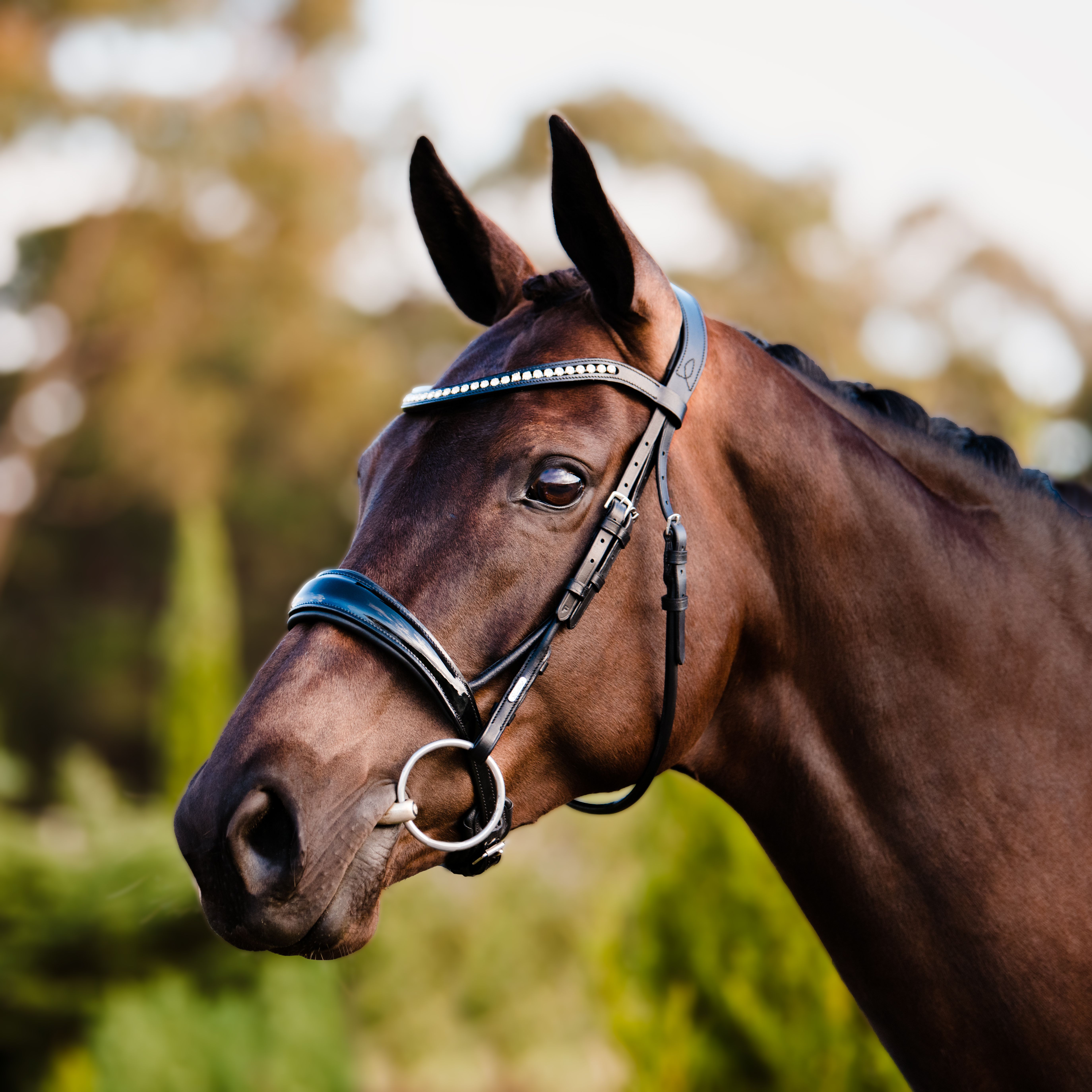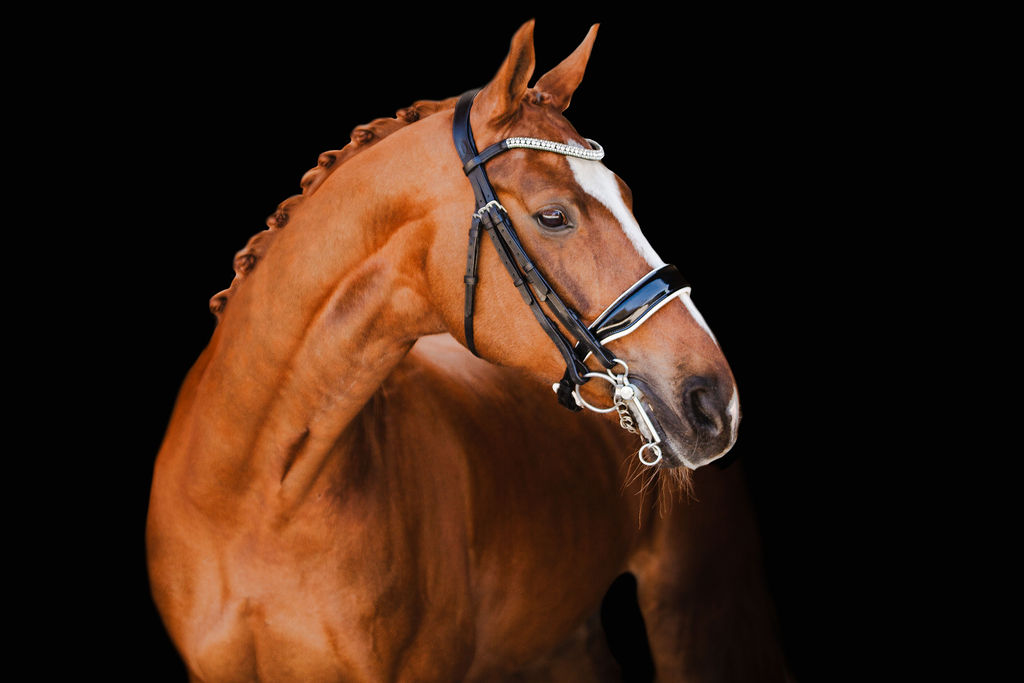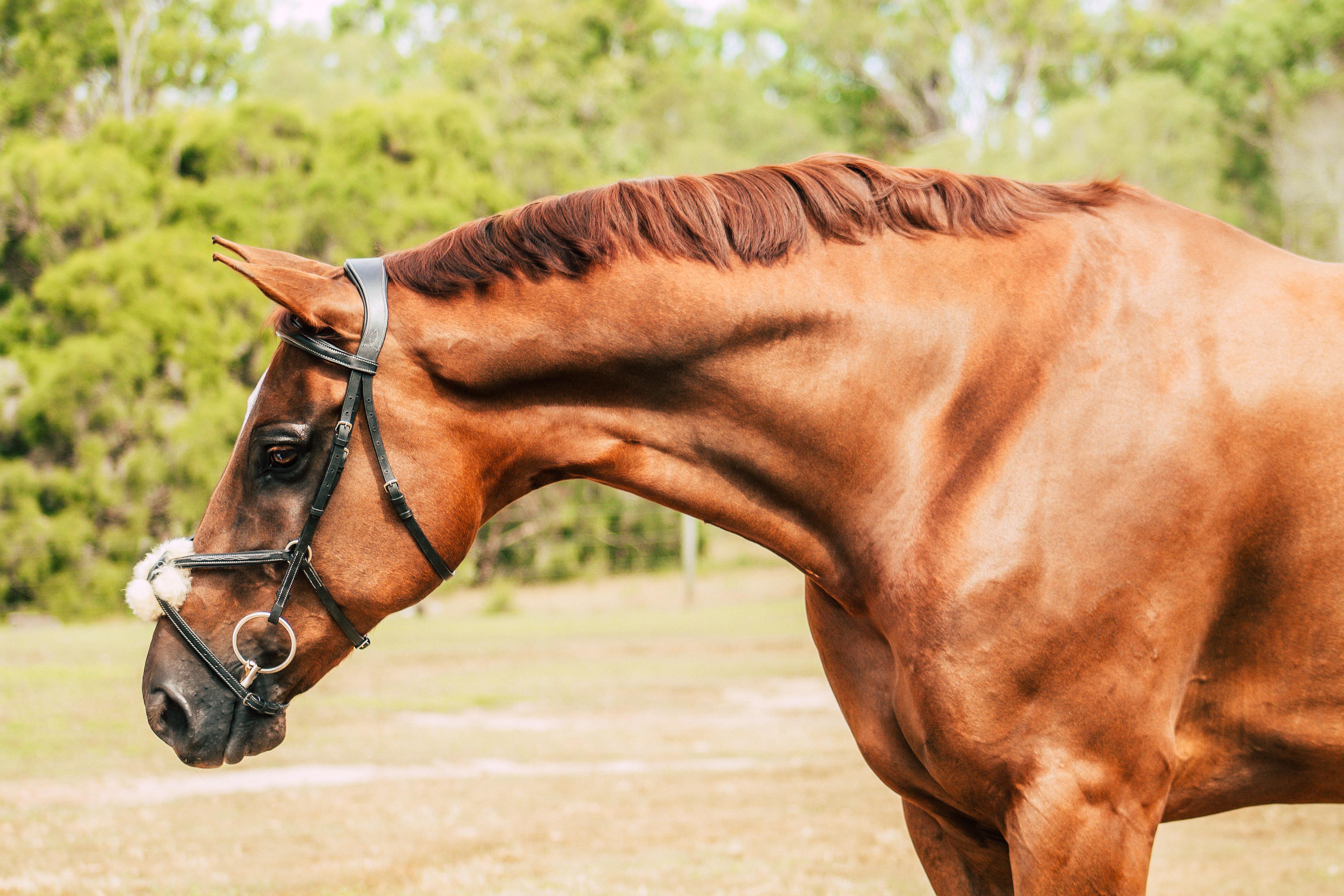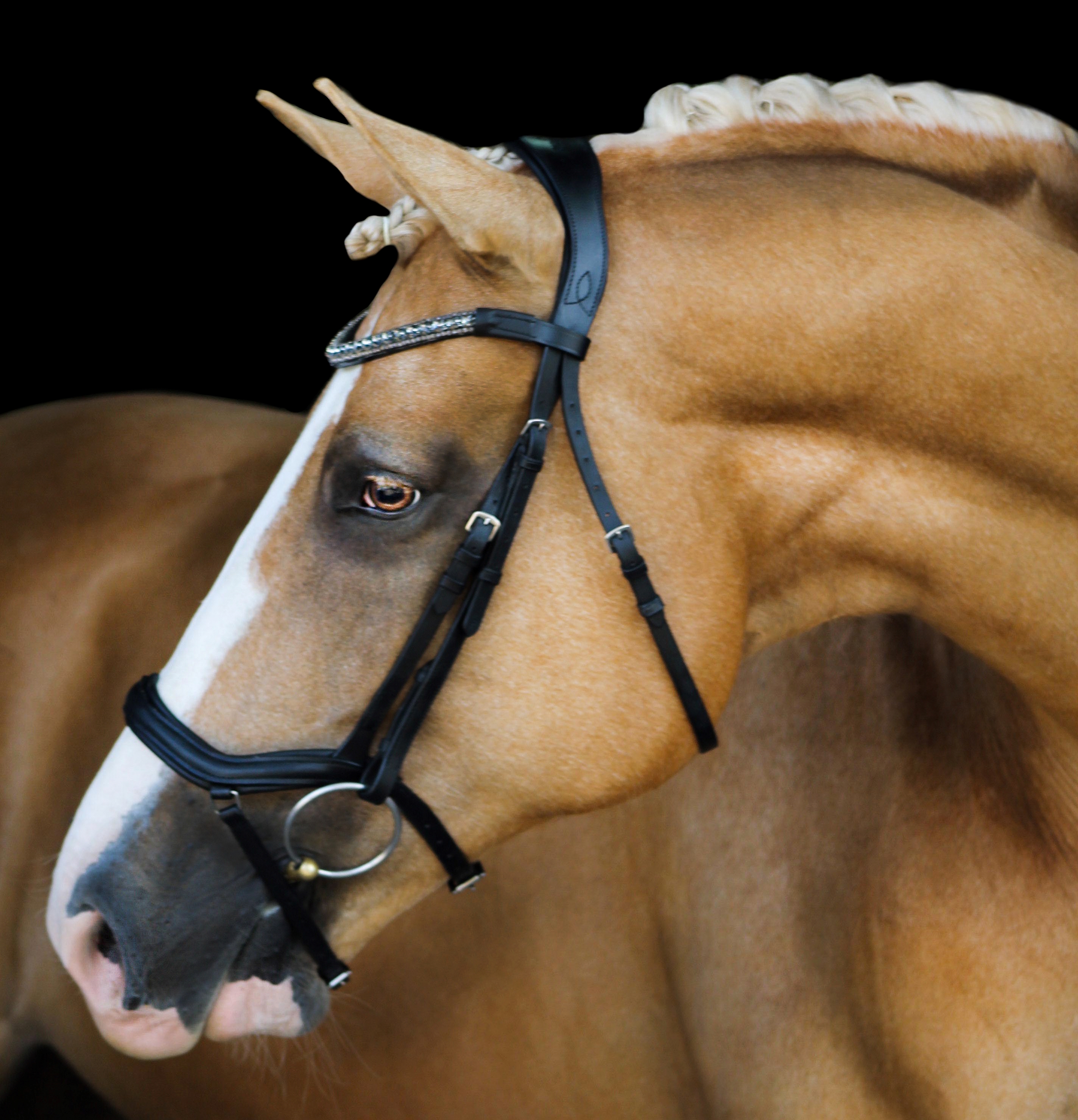Choosing the Best Bridle for your Horse
May 17, 2022
With so many types of bridles and nosebands on the market, finding the right one to suit your horse can often feel like a massive job. Changing nosebands can help to improve horses comfort and happiness, and the Lumiere range of of bridles feature a supple gel-padded Italian leather with loads of In this blog with Lumiere, we take a look at the different types of bridles and noseband options to choose from to ensure you get the perfect fit.
First, it is important to make sure there are no pre-existing dental/riding/exercise issues before changing nosebands. Nosebands must also not be done up too tight, as they can potentially restrict the horse's airways. The 'two-finger width' rule is a good guide. As another general rule of thumb, nosebands that do up below the bit should only be used in conjunction with a snaffle. In industry, however grackles, drop-nosebands and the flash are often used with pelhams and other bits with shanks.
Keep in mind that it is important to check your national and FEI guidelines to ensure the type of noseband you purchase is legal for your discipline.
Lumiere bridles come in standard sizes ranging from Pony to Warmblood. All of their bridles come with the option to customise your order and mix and match different pieces if standard bridles do not fit your horse. For example, if your horse usually fits a Full sized bridle but the cheekpieces measure too long on our sizing chart, you can order customisation for Cob size cheekpieces to be paired with your Full-size bridle.
DRESSAGE BRIDLES
Cavesson Bridles
These elegant bridles are a simple, classic design. With just a plain noseband secured around the horses nose.
The cavesson should sit two finger widths below the horse's protruding cheekbone. The 'two-finger width' rule should be used when considering how tight to do up your cavesson.
Hanoverian Bridles
The Hanoverian bridle is very similar to the Cavesson bridle with the addition of a flash strap which is fitted on the horses chin behind their lower lip.
Fit the cavesson noseband as mentioned above. Ensure the flash is fitted correctly in front of the bit, with a two-finger width the whole way round.
Double Bridles
Double bridles use a Cavesson noseband paired with the anatomic broad headpiece and additional cheek straps for the bradoon and curb bit.
Fit the cavesson noseband as mentioned above. The cheekpieces should be adjusted so that the curb bit sits comfortably at the corners of the horses mouth, slightly lower than the bradoon/snaffle bit.
Drop Noseband
The traditional drop noseband sits lower on the horses nose and aids in keeping the horse mouth closed. It provides a similar effect as the flash straps used on Hanoverian bridles.
The drop noseband should sit lower than a cavesson but must not impair the airways, it should be positioned on the facial bones to prevent discomfort on the sensitive soft tissue area of the horses nasal cavity. Ensure the strap is fitted correctly in front of the bit, with a two-finger width the whole way round.
JUMPING BRIDLES
Grackle Bridles
Grackle nosebands, also known as the 'figure 8' is designed to discourage the horse from putting their tongue over the bit and crossing their jaw. This style of bridle is very popular in the jumping scene as it enables optimal breathing due to the only pressure point being located on the nose bone and behind the chin.
The cheek rings of the grackle should sit high on the horse's cheekbones, with the crossover point being at the front and centre of their nose. There should be a finger width the whole way round, both top and bottom.
Anatomic (Micklem) Bridles
The Anatomic style of this bridle has been designed accordingly to the physiology of the horses skull. The aim of this bridle is to avoid delicate facial nerves and relieve pressure points, promoting comfort and happiness for the horses wellbeing.
Fit the bit straps ensuring the bit is not too high in the horses mouth. You should see a slight wrinkle in the corner of the horses mouth. Adjust the cheek straps so that the noseband is approximately 5 cm above the corners of the horses mouth and 15 cm above the horses nostrils. Ensure the noseband sits on the nose bone and above the horses soft nasal cavity.
 NZD
NZD  Australian Dollar
Australian Dollar
 US Dollar
US Dollar





